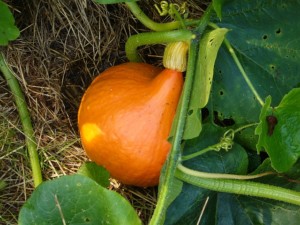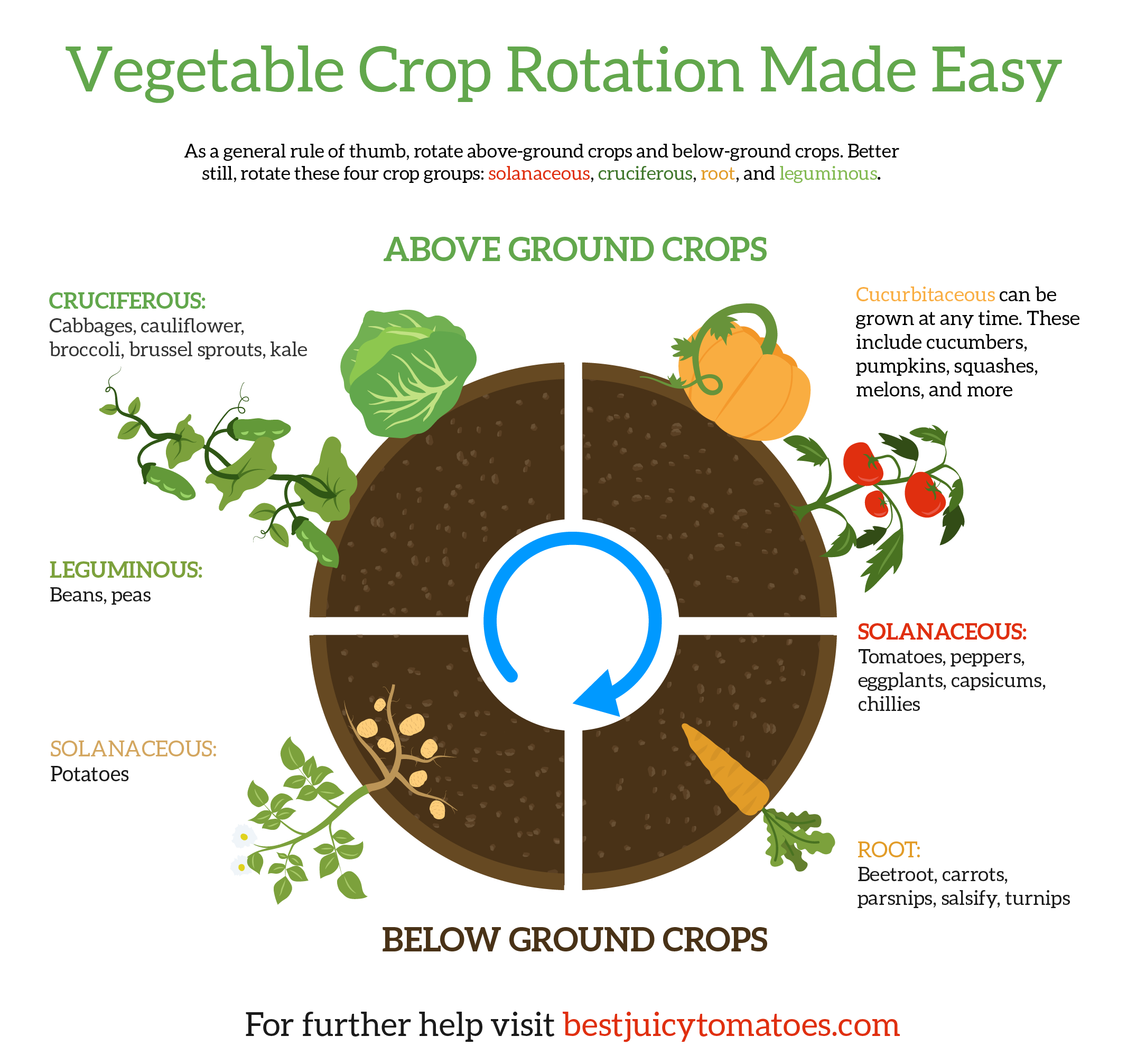Crop Rotation: What to Plant After Tomatoes
29 Aug

Wondering what to plant after tomatoes?
Crop rotation is incredibly important, as it optimizes the nutrients in your soil, and assists in growing absolutely delicious tomatoes.
Why Practice Crop Rotation?
Farmers world-wide have used certain practices to enhance the quality of their produce, such as growing by the phases of the moon. Crop rotation is one of these practices. Farmers discovered long, long ago that by growing certain crops in a certain sequence, they were able to optimize the precious resources of the soil.
If one crop is grown season after season, year after year, without a break, the soil will tend to deteriorate in both structure and the content of nutrients. But if crop rotation is practiced correctly, each subsequent crop will add nutrients to the soil that were used up by the previous crop. Crop rotation also minimizes the risk of nematodes and disease.
How to Practice Crop Rotation
The simplest rule of thumb is to grow an above-ground crop and then a below-ground crop. Better still rotate the four crop groups that benefit most from crop rotation. These are:
- Solanaceous crops including both tomatoes and potatoes, peppers and eggplants, capsicums and chillies.
- Cruciferous crops including cabbages, cauliflower, broccoli, Brussels sprouts and kale.
- Root crops including beetroot, carrots, parsnips, salsify and turnips (remember that potatoes are NOT a root crop, they are a tuber).
- Leguminous crops that include all the beans and peas you can think of.

Cucurbitaceous crops can be grown at any time.
Cucurbitaceous crops – cucumbers, pumpkins, squashes and marrows, and various melons – and various other miscellaneous crops – from Swiss chard and spinach to leeks, celery, lettuce, endive and artichokes – can generally be included anywhere, unless of course they make a bad companion plant to others planted at the same time.
The key to enjoying the benefits of successful crop rotation is planning. You should decide in advance what you will grow and where, using the above categories to make the most of your soil’s nutrients. Don’t forget to consider the seasons when planning your crop rotation. There’s no point trying to grow tomatoes in a frosty winter, even if you’ve just harvested a crop of carrots.

What to Plant After Tomatoes

What to plant after tomatoes? Try beans.
Legumes and then the cruciferous crops, including brassicas, are what to plant after tomatoes.
Legumes are known to trap nitrogen in nodules that form on their roots, adding nitrogen to the soil.
But this benefit is only realized if the whole plant goes back into the soil. Harvesting the pods minimizes the nutrients, so leave some plants to die and rot.
Leafy vegetables use up loads of nitrogen – which is why you should plant the brassicas after growing beans and peas. But you will still need to feed the soil and add manure and compost for the crop to really thrive. If they do thrive, leafy vegetables will generally enrich the soil with phosphorus, which the root crops thrive on. The root crops then leave behind some extra potassium that our tomatoes love!
Planting Multiple Solanaceous Crops
Another factor to consider, particularly in terms of solanaceous crops, is that the different types should ideally not be grown within three years of one another. So if you want to grow tomatoes, potatoes, peppers and aubergines, you’ll need to plant different areas at different times, rotating the crops differently all the time.
What to Learn More?
Crop rotation is just one important step in creating your own vegetable garden. There is so much more to learn, and when you put the effort in, you won’t believe the results! Pick up a copy of How to Grow Juicy Tasty Tomatoes, and get gardening! And if you have any questions or comments, feel free to leave them down below.










